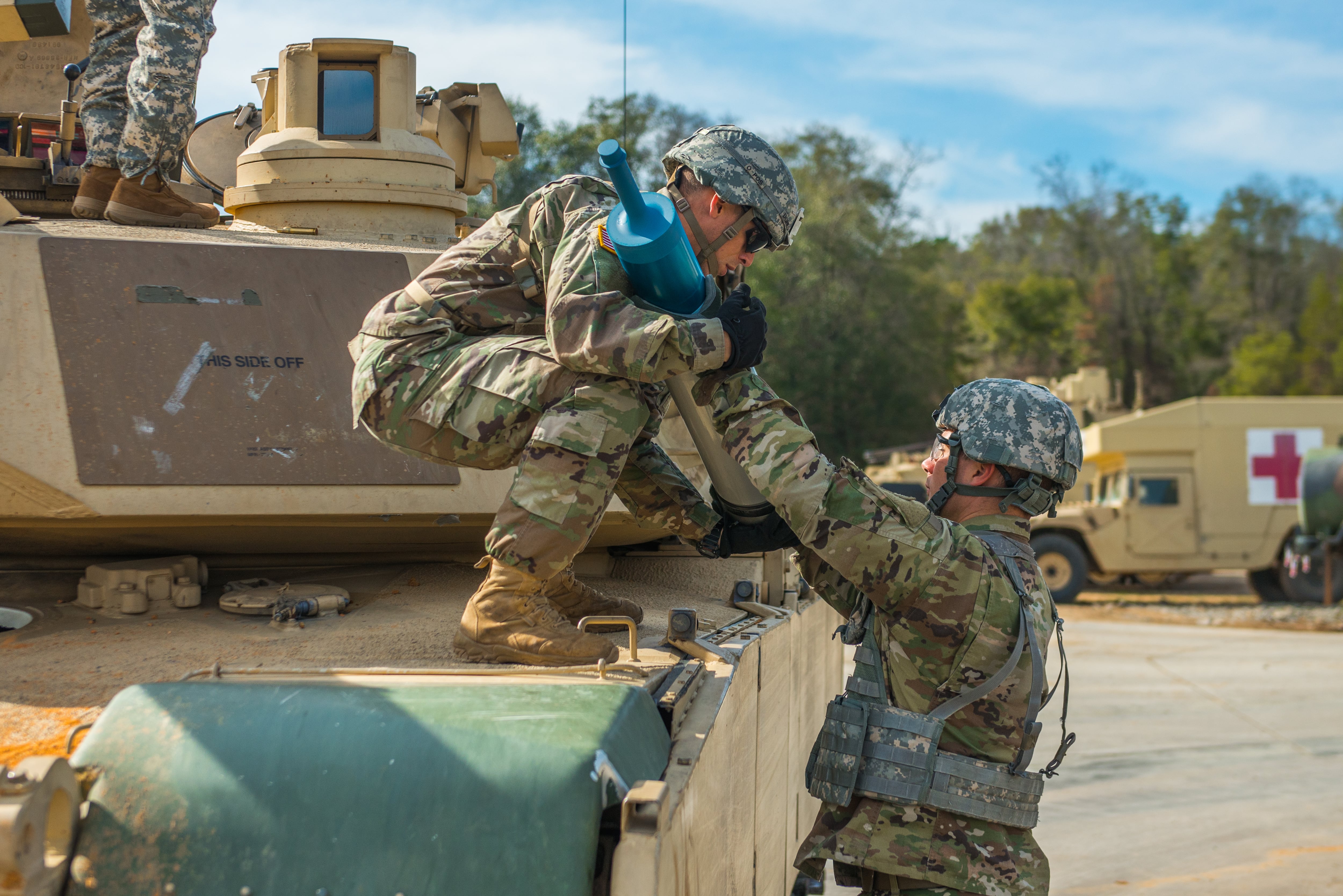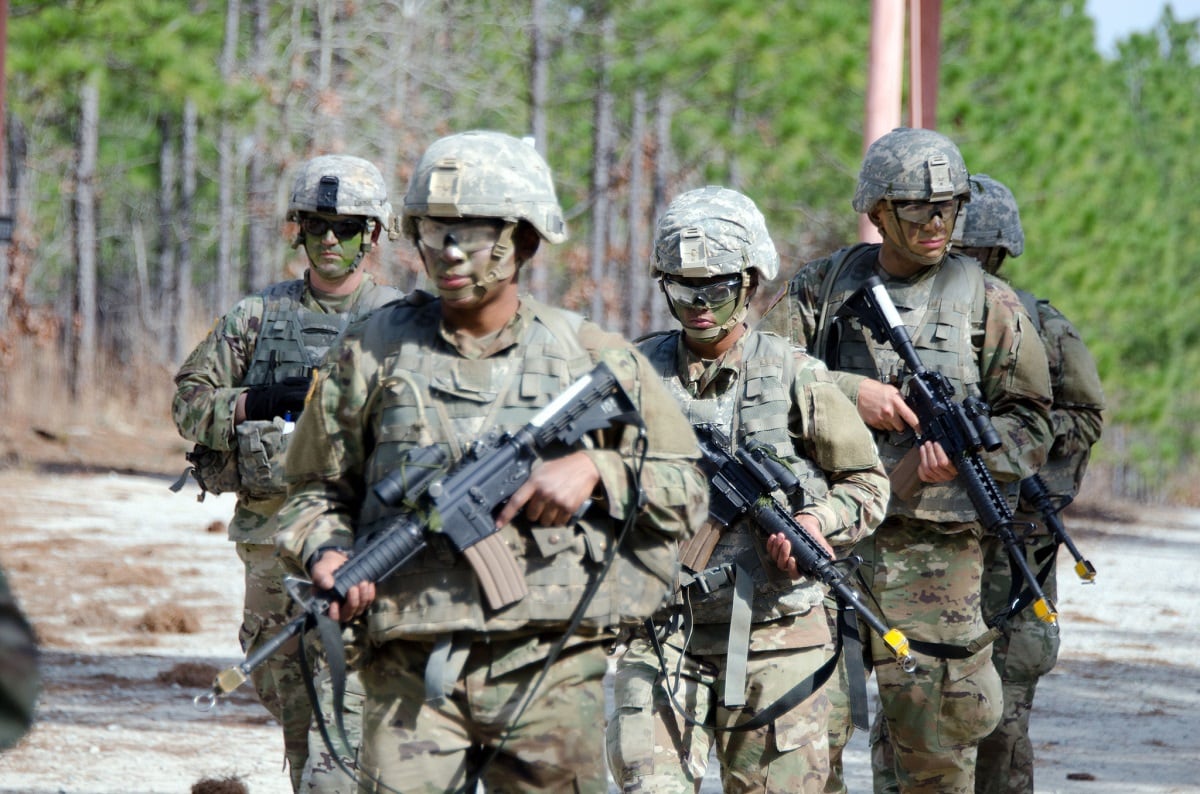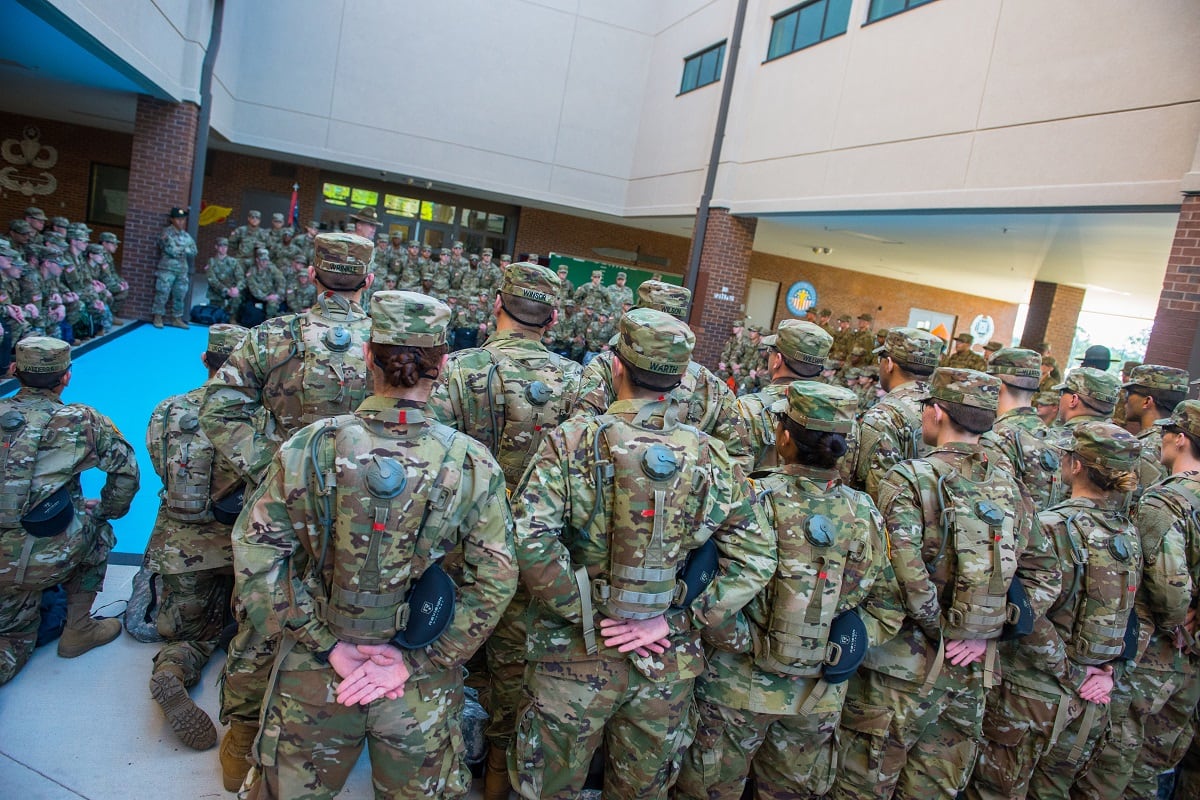Step by step, the Army has been overhauling its basic training enterprise over the past year. First came a new program of instruction at Fort Jackson, then a pilot extension of infantry one-station unit training and the return of drill sergeants to advanced individual training.
Now, the Center for Initial Military Training is tackling its ratio problem: There are too many trainees for the number of drill sergeants there to teach them, considering the wide array of responsibilities they have to take care of. But coming this spring, a new position has opened up to remove some of the burden on leadership: Basic training platoon leaders.
“What they’re going to do is, they’re going to be responsible for things that drill sergeants are doing right now, that’ll free drill sergeants up to do what drill sergeants are supposed to do,” Maj. Gen. Malcolm Frost, the head of CIMT, told Army Times in February.

Starting in April, more than 700 lieutenants will arrive, going to every basic combat training and OSUT platoon. About half will be in place by the time the summer rush is in full swing in July, but they’ll continue to flow in until October.
Platoon leaders will be responsible for things like equipment maintenance and accountability, Frost added, and the assignments will last about a year.
“They’re going to plan, resource and coordinate the training events, and lead those platoons, and free up drill sergeants to do some of the more hands-on duties,” he added.
Which is key, because last year’s POI overhaul includes more focus on key tasks like weapons and land navigation, as well as fundamental soldier conditioning in physical fitness, plus drill and ceremony ― all right in the drill sergeants’ wheelhouse.
The lieutenants themselves will have a range of experience. Some might be preparing to head off to their career field’s basic officer leader course, while others might have just completed it and are preparing to report to a platoon, or are on their way to the Captains Career Course after a platoon leader gig.
Generally, the 12 to 15 months they’d spend leading a platoon will replace the downtime young officers often have in between schools or assignments, when they tend to kill time at staff jobs.
“And there’s an advantage for the lieutenants,” Frost said. “They’re going to be working with and training with the best noncommissioned officers that we have in the Army, which are drill sergeants.”
It can be a learning curve for brand new officers to integrate into a platoon with seasoned NCOs, but leading a basic training platoon can prime them for the future.
“It would have been a fantastic opportunity,” Frost said, reflecting on his own career. “One of the biggest deficiencies I felt, personally, coming into my first unit, was the technical abilities."
Rather than learning communications on the fly in your first unit, or spending remedial time in the arms room with a platoon sergeant, they can get some of that experience before leading an operational unit.
Company commanders will assess each lieutenant’s experience and capabilities, giving them a chance to function more as a platoon leader or as an executive officer. They might rate their drill sergeants on evaluations, for instance, but they will not be part of the day-to-day training plan.
“It’s not like you’re going to have a brand new second lieutenant demonstrating how to throw a grenade to a trainee,” Frost said.
It’s been decades since the Army had any officer below a company commander leading trainees, but it’s not unprecedented. The last time was around World War II, but like most organizational decisions in the Army, needs of the force set the norms.
“We just need a higher density of leaders than we currently have,” Frost said.
RELATED

With that in mind, CIMT is also expecting a surge of more than 700 new drill sergeants later this summer and into the fall.
It’ll be enough to add one new drill sergeant to every platoon, mostly E-5s and promotable E-5s.
“A good quality E-5, that can be mentored by staff sergeants and sergeants first class – I’m not talking about a platoon of all E-5s,” Frost said. “One per company, so that they can be properly trained and mentored, because they’ll have a little bit less experience coming in.”
The ultimate goal is to get the ratio down to between 12 and 14 trainees per drill sergeant, versus the one-to-20 ratio it’s been in recent years.
“We’re going to look at, do we need some other folks to take some of those admin and logistical duties off of a company that are now being done by drill sergeants?” Frost said.
That could mean more admin, training or supply NCOs, for instance, he added.
Meghann Myers is the Pentagon bureau chief at Military Times. She covers operations, policy, personnel, leadership and other issues affecting service members.





